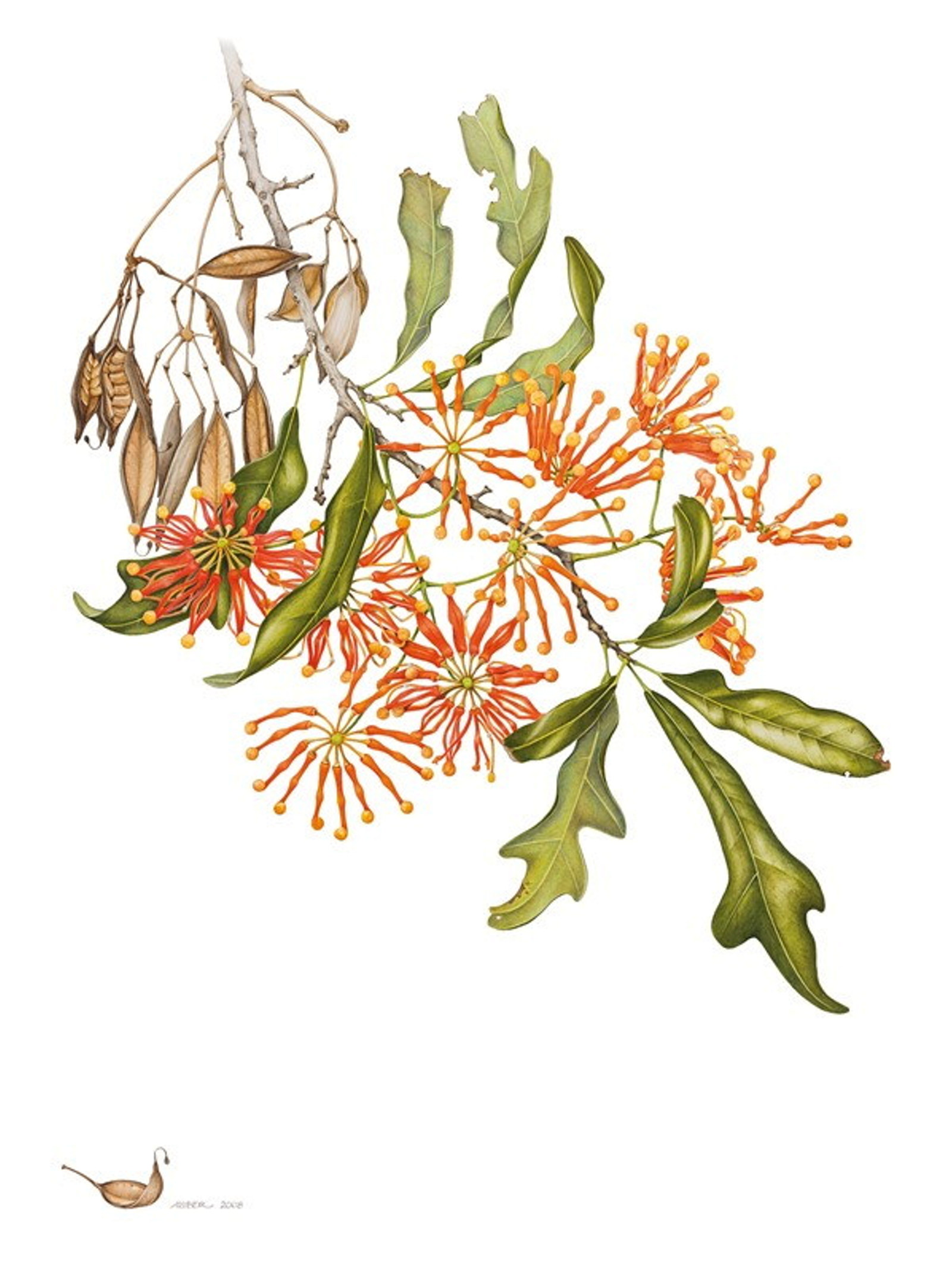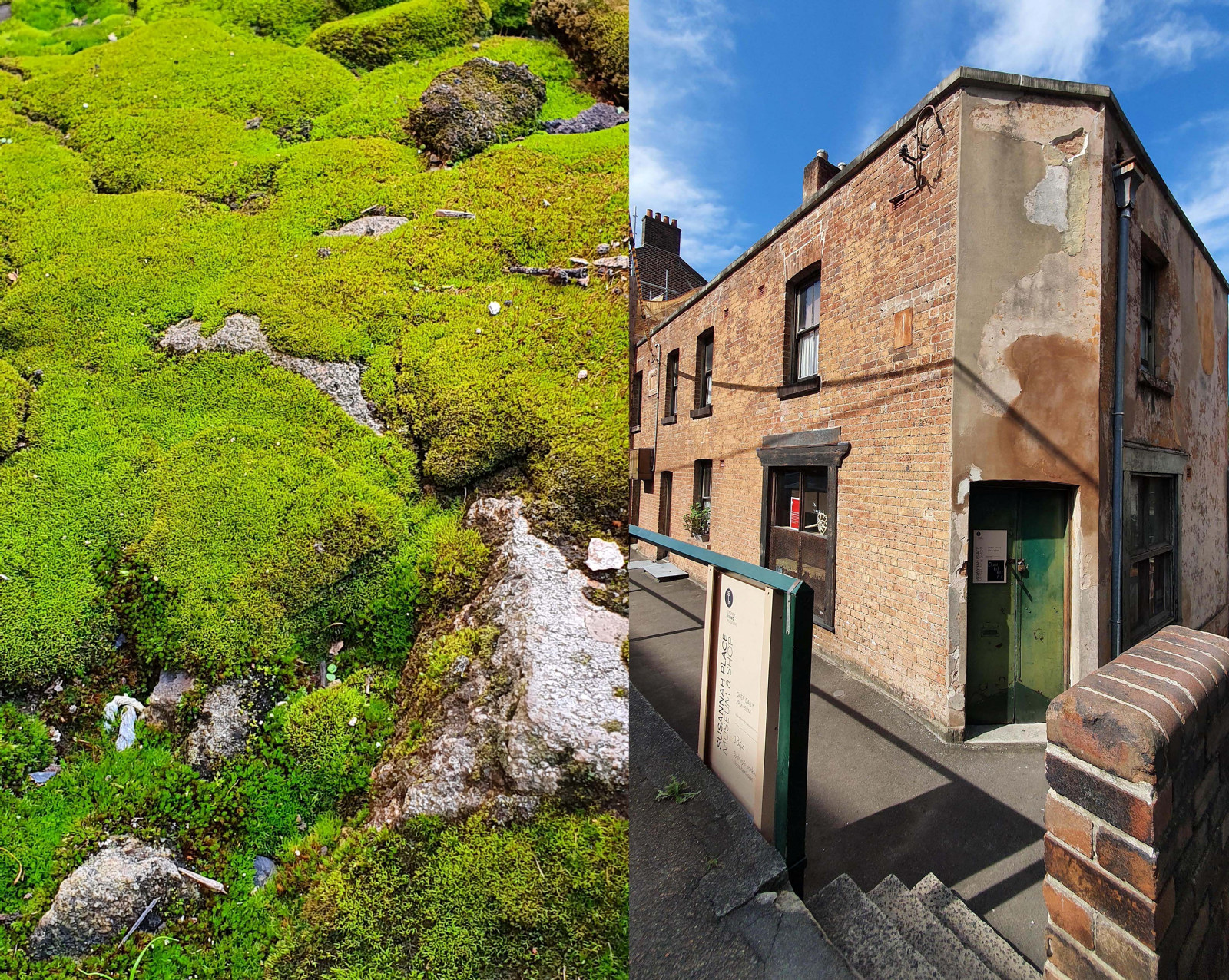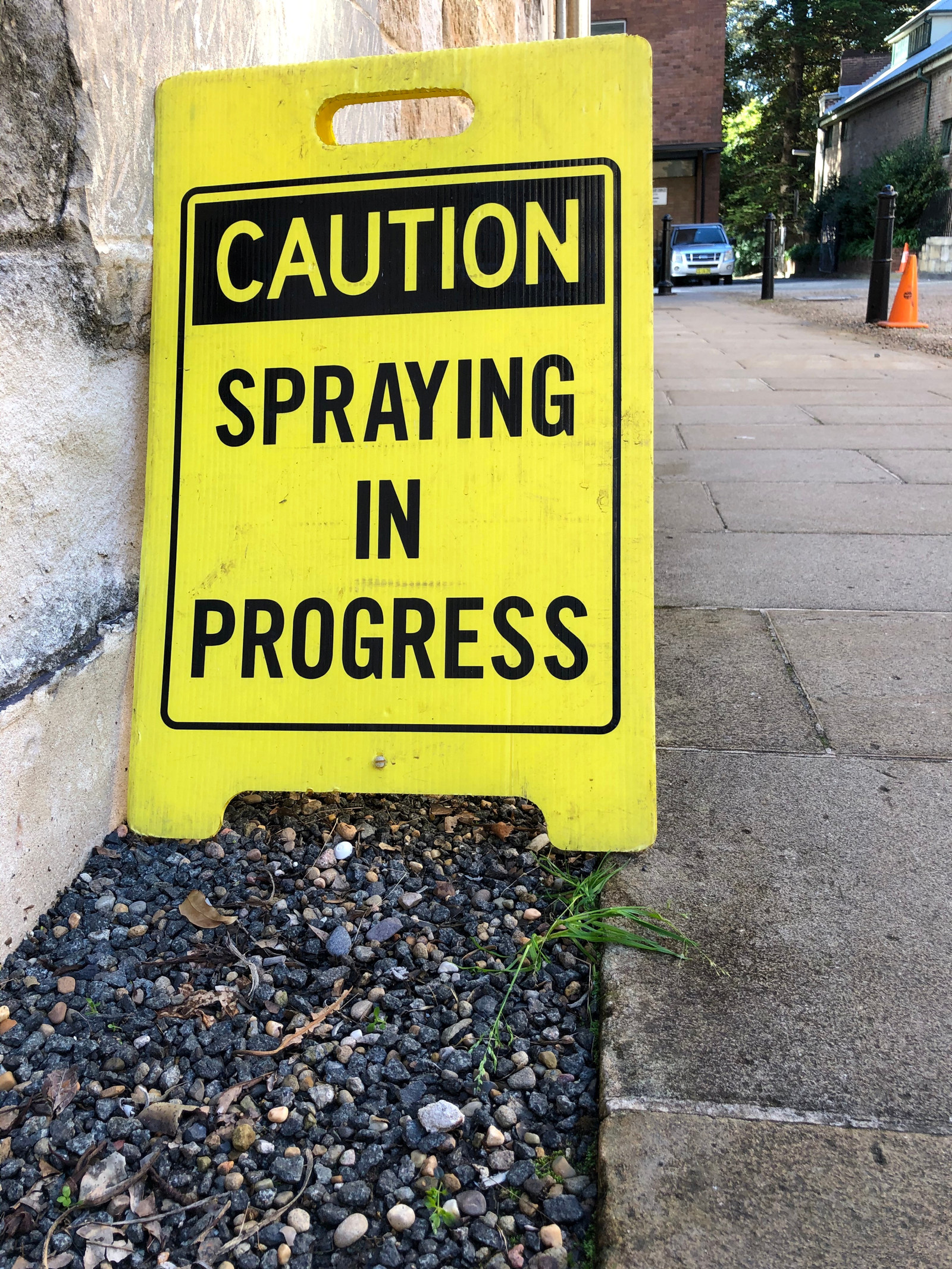The Yulan magnolia is a jewel in winter's crown at Vaucluse House
This is my third winter working on the gardens of Vaucluse House. Each year this amazing tree catches me by surprise. Of course I notice the velvety buds developing on its bare angular stems, but I expect the flowers to come a bit later like they do with other magnolias. Instead the flowers start to appear not long after the winter solstice, when we humans barely perceive the days lengthening.
It seems also that the flowers appear magically overnight. One afternoon I’ll walk past and there’s no sign of life. The following morning when I arrive flowers have begun to open.
Our start time in the gardens is 7am, and at this time of year it’s the absolute crack of dawn. This is my favorite time of the day, and I think it’s the best time to admire (and photograph) this tree.
A clear sky at first light makes for the perfect back drop to contrast against the branches, and the pure white flowers in the cool air with the dew catching the soft light is sublime.
Unfortunately, flowering doesn’t last long. After three weeks or so they’re fading, and if we get heavy weather flowering time can be reduced. But if you’re around Vaucluse House during July you’ll see one of the most beautiful flowering trees in this fair city.
The Yulan Magnolia (Magnolia denudata) is without peers in the winter gardens of Vaucluse House.
See the magnolia from 2017 here
Published on
Plant your history
Browse all
Florilegium plants
A gathering of flowers: the Florilegium collection
Finely detailed botanical artworks reveal the range of plants introduced to Sydney’s gardens over the past 200 years

Plant your history
A mossy analogy for Susannah Place: small but mighty
Mosses are everywhere! They are small, mighty, unsung and inhabit the most unusual places. They can be found in all our museum outdoor spaces if one looks closely enough

Plant your history
A new weapon in the war on weeds
A black and yellow sign warns me there is “Spraying in Progress”, and I wonder for a moment why no one is wearing a mask, or even gloves. But the dangerous looking mist enveloping these men is not what it seems

Plant your history
Acanthus - an apt symbol for The Mint
Look at any classical building today, anywhere in the world and chances are you will find an acanthus leaf lurking somewhere
